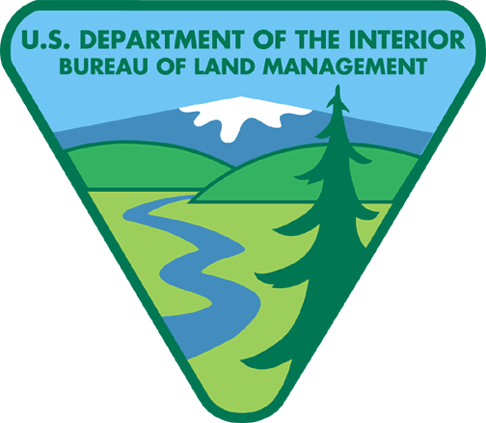 BLM NEWS RELEASE
BLM NEWS RELEASE
ELKO, Nev.— Representatives from the Bureau of Land Management, Elko District Office recently signed an agreement with partners from the Nevada Department of Wildlife, Newmont Mining Corporation and Barrick’s Goldstrike Mine establishing mule deer herd and habitat management practices within mule deer management units in northeastern Nevada.
“This agreement demonstrates our shared commitment in balancing mining activities with wildlife management,” said David Overcast, Associate District Manager, Elko District, BLM. “We all agreed that the mule deer and associated habitat were important to us. The best management practices described in the agreement recognize our mutual interest in caring for the mule deer in Area 6.”
The Area 6 Mule Deer Working Group Habitat Management Practices (HMPs) were developed by representatives from these partner organizations to provide technical and administrative guidance to aid all land managers within the project area (Mule Deer Management Units 064, 067, and 068 located in Northwest Elko County to include parts of north Lander and Eureka counties) to ensure maintenance or improvement of mule deer health, including herd migration capability and vegetation composition.
By joining the partnership, members committed to applying the Habitat Management Practices wherever possible when creating, revising or amending land-use plans. Partner participation is voluntary and provides the ability to focus on opportunities to work together to address mule deer population and habitat health..
“This is an ongoing collaboration between hard-working professionals who want to improve mule deer habitat in northeastern Nevada,” said Andy Cole, General Manager of Barrick’s Goldstrike Mine. “We recognize that mule deer populations across the West face many challenges and this partnership is one of the investments we’re making to conserve and protect wildlife in Nevada.”
This accord was established as the pace and amount of activity in Northeastern Nevada is increasing. Deer herd and habitat health are important issues in considering the increase in activity. Realizing this to be so, a partnership was formed to address the issue from a landscape scale over the longer term and avoids working the issue project by project or action by action. These practices will be utilized in land management activities, when possible, over the next 5-7 year planning horizon and will lead to long-term planning targets.
Some of the goals of these practices are to reduce fragmented and degraded sagebrush habitat and move toward a healthier condition as well as link existing and restored sagebrush/mule deer habitat.
The Area Six Mule Deer Habitat Management Practices is available on line at www.blm.gov/rv5c.

